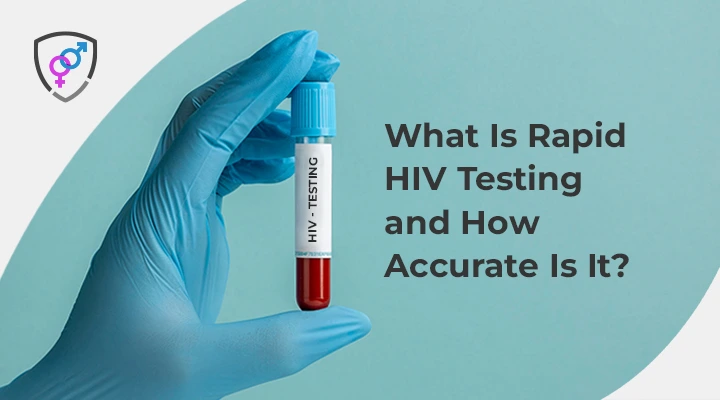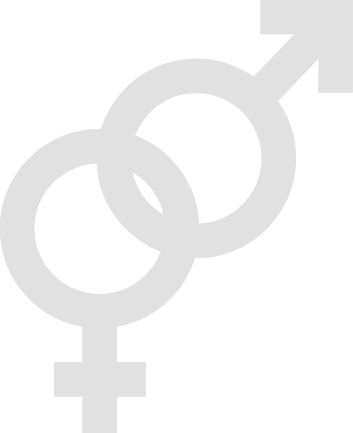Need HIV results fast? Rapid HIV testing can give you answers in under 30 minutes, but how reliable is it? Whether you’re anxious after a recent exposure or simply want peace of mind, understanding how these tests work (and when to use them) can help you make the right choice.
At Manhattan STD Testing, we specialize in fast, discreet, and medically accurate testing, so you get answers without the wait.
What Is Rapid HIV Testing?
Rapid HIV testing is a quick screening method that detects HIV antibodies and in some tests, HIV antigens — right at the point of care. No labs, no long wait times.
There are two main formats:
- Finger-prick blood test: A drop of blood is collected and tested on-site.
- Oral swab test: A swab is rubbed along your gums to collect oral fluid.
Both are widely used in clinics, hospitals, and community health programs for same-day results. If you’re unsure whether you should get tested, check our guide on the early signs of HIV in men and women.
How Accurate Is Rapid HIV Testing?
According to the CDC and World Health Organization, most FDA-approved rapid HIV tests have:
- Sensitivity: Over 99% (correctly identifying those with HIV)
- Specificity: Over 99% (correctly identifying those without HIV)
When performed correctly and after the window period, rapid HIV testing is highly accurate.
Rapid HIV oral test accuracy is slightly lower than blood-based tests, but still excellent for screening purposes.
Rapid Test vs. Lab HIV Testing
- Rapid HIV Test: Fast, convenient, great for initial screening; results in minutes.
- Lab HIV Test: Usually a 4th generation test; more sensitive, especially for early infection; confirms rapid test results.
Best practice: Use rapid testing for quick answers, but confirm positives (and recent exposures) with a lab test.
Window Period and Limitations
The window period is the time between HIV exposure and when a test can detect the virus. For rapid tests, this is usually 3 to 12 weeks, depending on the type.
Limitations to know:
- False negatives can happen if you test too soon after exposure.
- False positives are rare but possible; that’s why confirmatory testing matters.
Tip: If your exposure was recent, re-test after the window period for the most accurate results, or consider a comprehensive STD panel to check for other common STDs such as syphilis, hepatitis B/C, chlamydia, HPV, herpes, or trichomoniasis. You can also learn about the fastest options for getting results in our article on how to get rapid STD testing results in Manhattan.
Conclusion
Rapid HIV testing is fast, accurate, and reliable — when used at the right time. They’re ideal for quick screening, but timing matters. Always follow up a positive result (or early test) with a confirmatory lab test.
If you think you’ve been exposed to HIV, don’t wait. Early detection saves lives and gives you more treatment options.
Get tested today — fast, private, and judgment-free.
Visit Manhattan STD Testing for same-day rapid HIV testing in the heart of NYC.
Frequently Asked Questions
Can rapid HIV testing detect other STDs at the same time?
No, it only detects HIV. You’ll need additional tests for other STDs.
Is rapid HIV testing anonymous or confidential?
It’s confidential at most clinics, with results protected by privacy laws.
Can I get a rapid HIV test if I’m on PrEP?
Yes, and regular testing every 3 months is recommended.
Does food, drink, or smoking affect an oral rapid HIV test?
Yes, avoid them for at least 30 minutes before testing.
Can rapid HIV testing be done at home and still be accurate?
Yes, if you follow instructions, but confirm positives with a clinic test.
Disclaimer
This blog is for informational & educational purposes only and does not intend to substitute any professional medical advice or consultation. For any health-related concerns, please consult with your physician, or call 911.

-
About The Author
Dr. Syra Hanif M.D.Board Certified Primary Care Physician
Dr. Syra Hanif is a board-certified Primary Care Physician (PCP) dedicated to providing compassionate, patient-centered healthcare.


